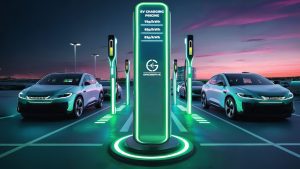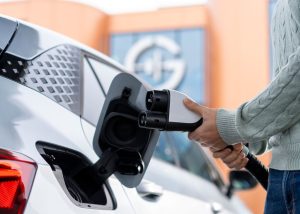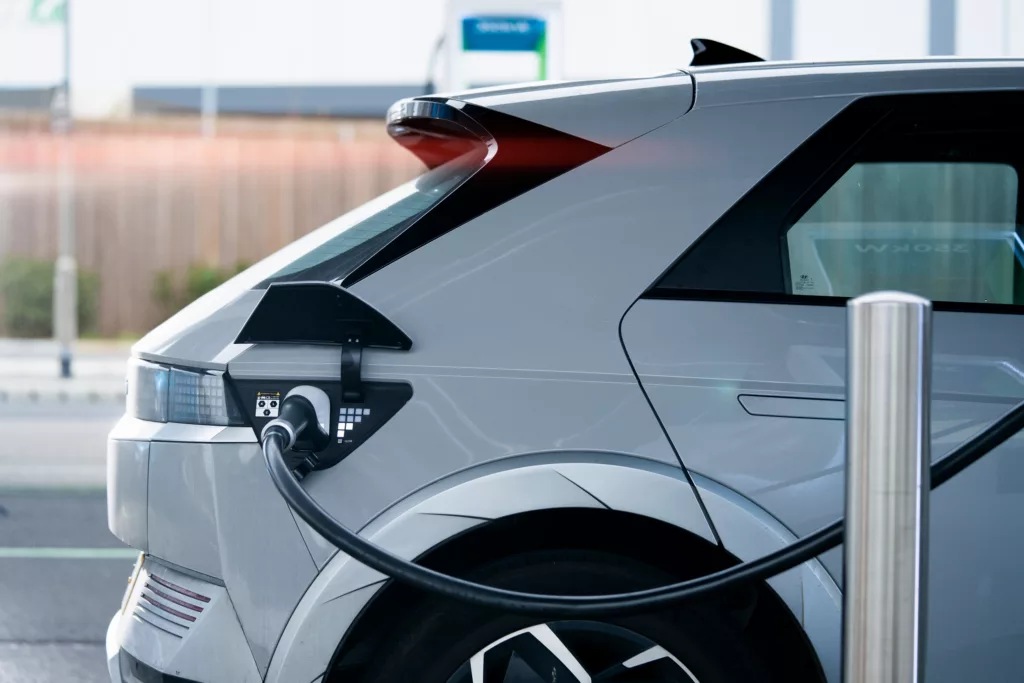

The EV battery. The core part of any electric car, and the biggest differentiator from a combustion engine vehicle.
Electric car batteries are not something you should be scared of, though, or something that’s particularly new.
The battery pack in your EV, is the same battery as you’ll find in your laptop or smartphone – just considerably bigger. Lithium-ion batteries power the modern world.
And just like any technology it needs to be looked after correctly to extend battery life and minimise battery degradation.
To do that, it’s helpful to understand some basics around EV battery health. Don’t worry, you won’t need a periodic table.
Let’s start with a few basics.
Battery capacity is measured in kilowatt hours (kWh). The bigger the battery, the more miles your electric car will go. Of course, if you’ve got an SUV and city car with the same size EV battery, it’s the lighter electric car that’ll go further.
As you drive, the battery will deplete and just like your phone, how much you have left is displayed as a percentage. This is known as the battery’s State of Charge (SoC).
Still with us? Ok, strap yourselves in.
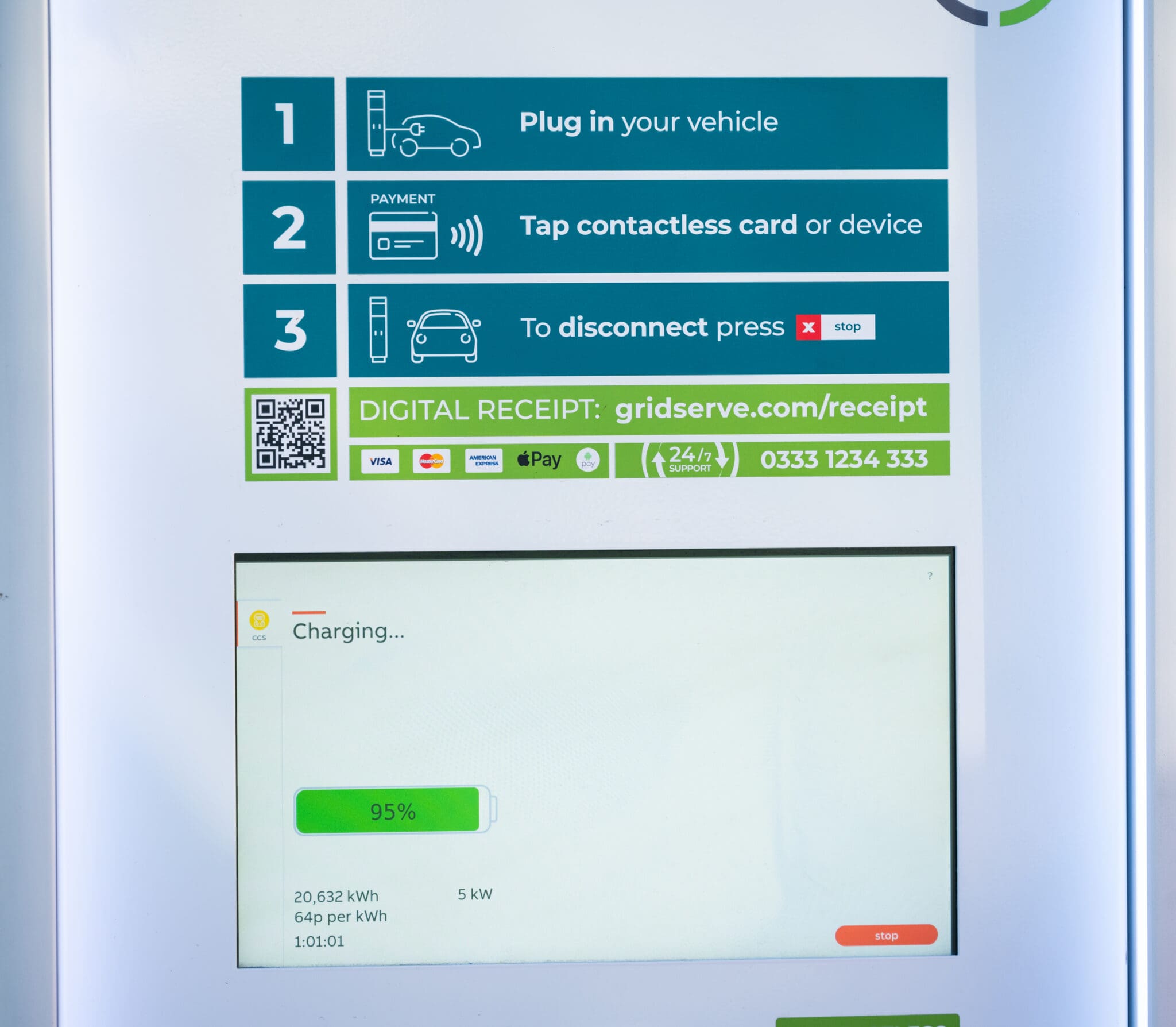
When 100% battery charge is not 100% battery health
Within an electric vehicle battery, there are lot of variants that impact performance.
That means that sometimes, even if the battery is charged to 100%, you might not see the range you would expect. One reason could be the State of Health (SoH).
SoH relates to the age of the battery. Just like the lithium-ion batteries in your phone, your electric vehicle battery will degrade a little over time.
Battery degradation is a slow process, though. Studies of EV battery data by fleet management companies and experts at GRIDSERVE Technologies, show that after five years, SoH is on average still almost 90%.
My electric vehicle is only a few months old so why is my range reduced?
The State of Balance (SoB) could also be another reason that your estimated range is below what you’d expect at full charge.
To explain this, we’ll need to delve a little deeper into electric vehicle battery construction. We’ll be brief.
The battery in your electric car is made up of a number of modules. Within each module are the battery cells – these can total into the thousands.
Think of these like the AA batteries you put in your remote control. As the battery is charged, discharged and recharged, these cells don’t do so equally.
Some cells fill up faster, while others remain emptier because of this battery imbalance. That means, over the electric car battery life you might start seeing charge listed as 100% but in fact, there is spare battery capacity in some cells that the EV can’t quite fill up.
The knock-on effect of this kind of battery degradation is reduced range. Lithium-ion battery cell imbalance may also occur if the car is left unused for an unusually long time.
Good news is you can rebalance the cells to extend EV battery life. The best course of action is to keep the electric car plugged into a slow charger or Low Power AC charger (at home or work) for up to 24 hours – even once you hit 100%. This slow, trickle charge will allow the cells to rebalance and boost the range back to the true figure.
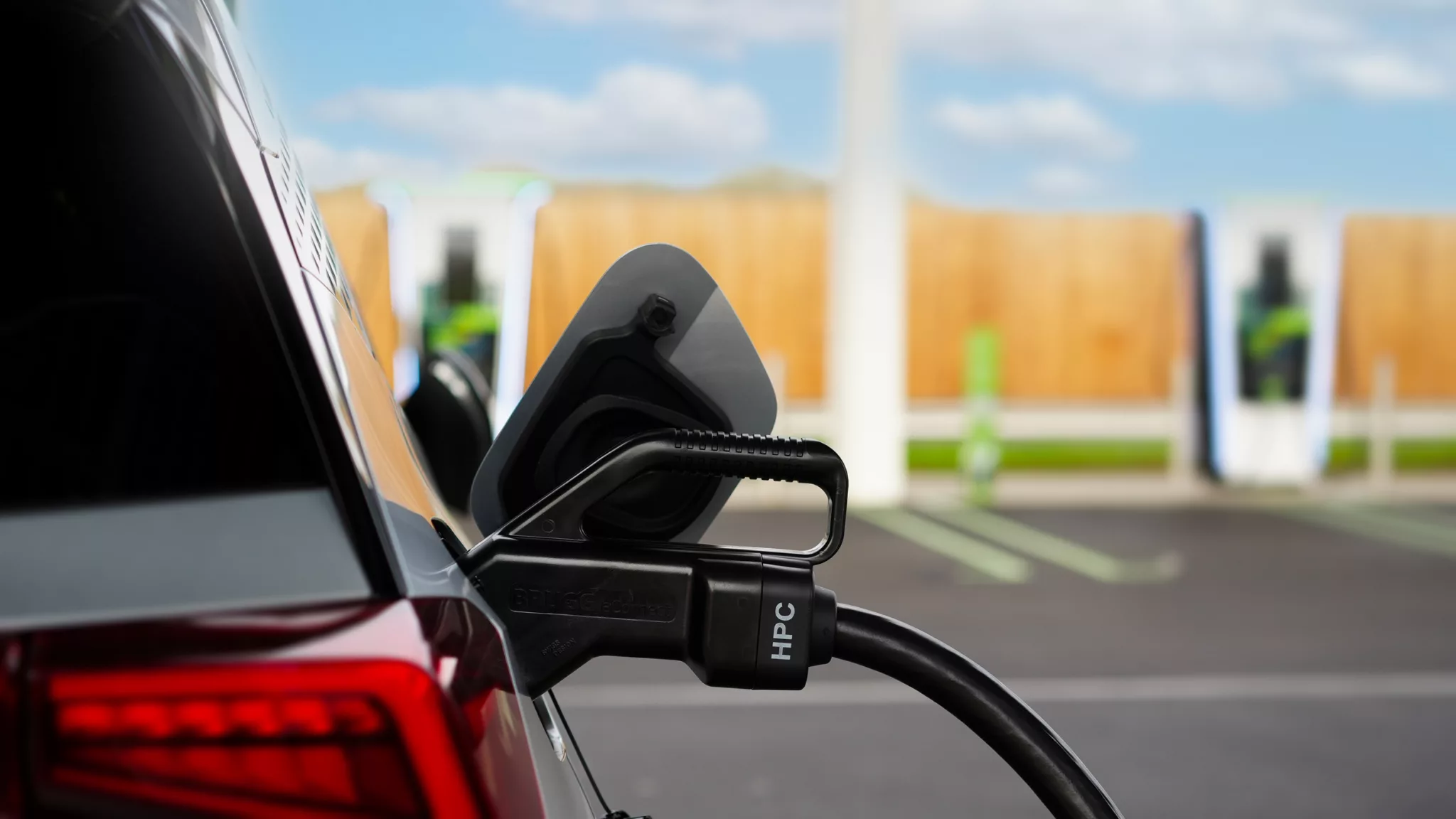
Why is the EV range and charging power inconsistent day to day?
As we’ve mentioned, EV battery performance fluctuates based on a number of factors. It’s nothing to worry about.
The current ability of the battery to either receive or deliver power at any given moment is known as State of Power (SoP).
Both the State of Charge and State of Health impact this – for example, if your electric car battery is nearly full (i.e. a high SoC), the battery will throttle back charging power to avoid ‘overfilling’ the lithium-ion batteries. That’s part of what’s known as the charging curve.
Extreme temperatures can also play a part. In colder climates, your EV battery won’t perform to its maximum and that’s the same in locations susceptible to extreme heat. Engineering whizzes at EV manufacturers work hard on complex battery management systems to minimise the impact of this, so you’ll only really notice in the harshest conditions. Those living in moderate climates like the UK won’t see too many variations.
Which electric vehicles have the best batteries?
Battery technology is constantly evolving and two electric cars of the same make and model may not actually have the same battery pack, which means it’s hard to pinpoint which ones are better or worse for battery life or battery degradation.
Overall though, the battery health of your electric vehicle is not something you really have to worry about. For example, of the near 500,000 Nissan LEAFs that have been sold since it launched in 2010, just three have experienced battery failure.
So, if you’re buying or leasing a new EV, you’ll never really need to worry anyway about the EV battery lifespan, as it’s very unlikely you’ll notice any variations in performance.
As time passes, though, the used electric car market will grow and the EV models on sale will have been driven and used in different ways. And it’s at this point, drivers will want to understand the battery health before they hand over their cash – the same way you ask for an MOT, service history or how much time is left on a warranty.
Our experts at GRIDSERVE Technologies are working on exactly this kind of battery life history to that can give you complete confidence when you make the switch to an electric car.
Battery health: EV tips to maximise electric car battery life
Although an EV battery degrades very slowly, there are some things you can do to improve EV battery life.
- Keep charge between 20% and 80% where lithium-ion batteries work best
- Don’t charge if you don’t need to, always plugging in will degrade the battery faster
- Mix fast charging with longer, slower charging sessions to keep cells balanced
- Stick to the manufacturer’s routine servicing schedule for regular system checks and updates
For more on electric vehicle battery health explore our complete guide to electric vehicles, including a step-by-step journey to completely understand what an EV is, how an electric car works and some of the benefits of living with an EV.
